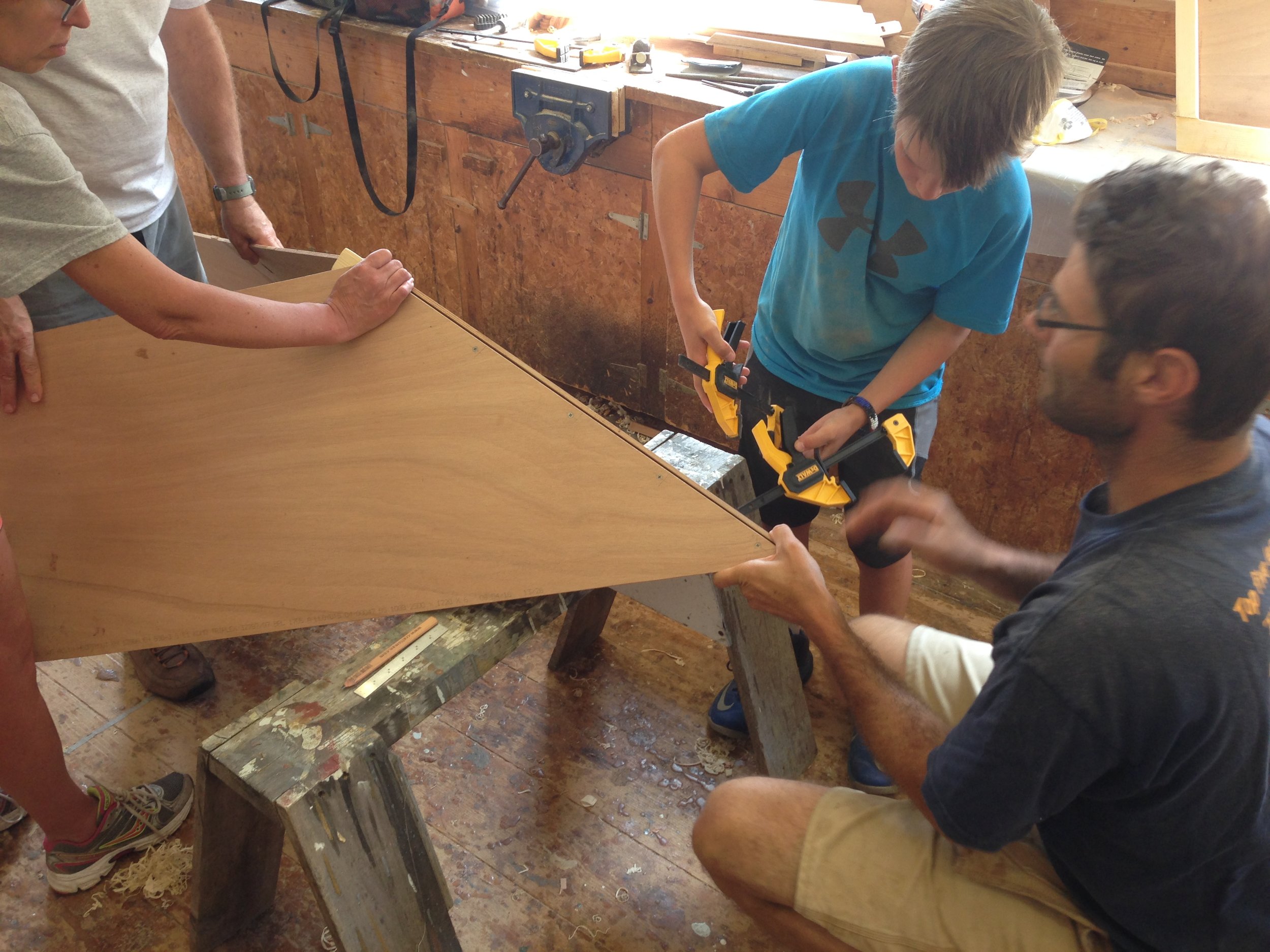Perko #1 Horn style oarlocks
Thomas Oarlocks, oval
Chase Small Crafters can now choose between two styles of oarlocks in their kits. The familiar horn style oarlock is a standard choice. They allow the oar to pop out easily to stow in the boat and the oarlock comes out of its socket and stores in the boat, tied off to the boat with a gold colored, braided lanyard that comes with the hardware kit. However, new rowers tend to have to learn how to keep their oars from popping out prematurely.
Or do you choose the Thomas oarlock? This oval lock is unique in shape and better than a round oarlock, in my opinion, because there is more freedom of movement vertically in the lock which is important for clearly waves and helping accommodate for a boat with a lot of flare. The fit is just right so that in the rowing motion, there is little if any slop. The shaft stays in contact with the lock through the stroke and won't lift out.
Although I am a seasoned rower, I have come to like the feel of these locks as much as I do the horn style, perhaps more so, because of the feel. However, one con is that the oarlocks live on the oar. So it is a matter of preference and I leave it up to you.











